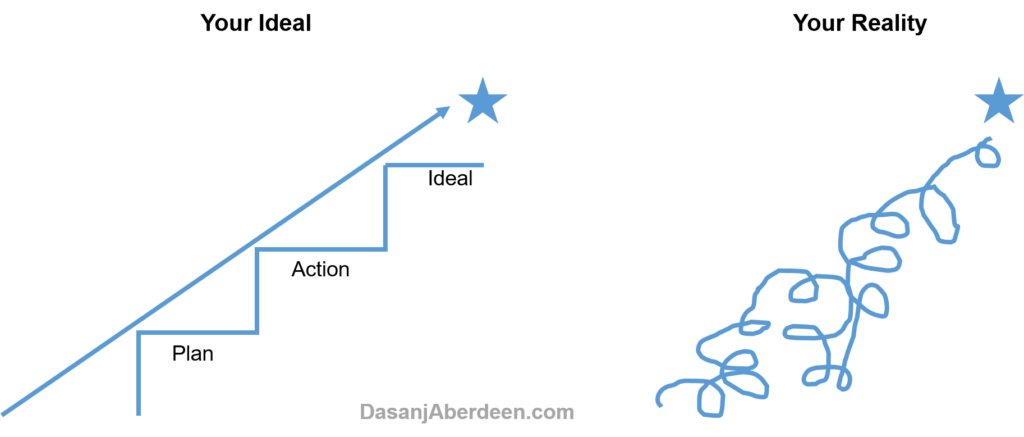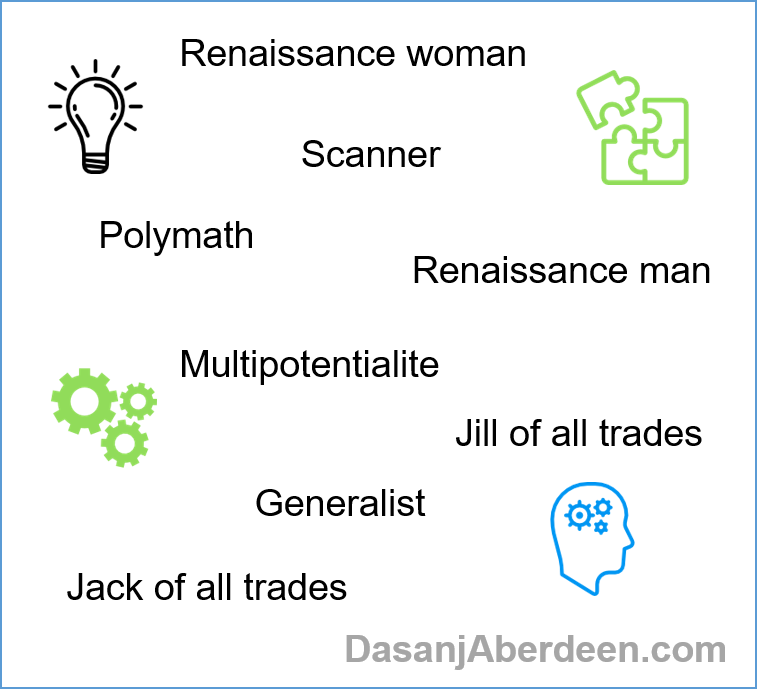Vincent van Gogh is one of my favorite artists. Aside from admiring his amazing artwork, I enjoy learning more about him through his surviving letters. There are over 900 letters that provide insight into his mind and universe, especially those to his brother Theo. I first got insight into Van Gogh’s life when my high school art teacher gifted me the book Lust for Life by Irving Stone. This book brought me to tears, with its descriptive narration of Van Gogh’s passionate and dramatic life.
Van Gogh continues to inspire me – from his yearning to do more in life and have an impact, to his love of nature and allowing it to inspire his art and his commitment to his work. As multipotentialites (polymaths, scanners, renaissance souls) often struggle to find their place and purpose in a society that promotes “normalcy,” I find Van Gogh’s experience and point of view relevant and inspirational.
Here are some of my favorite Van Gogh quotes to inspire multipotentialites:
On life and your purpose
What would life be if we had no courage to attempt anything?
Think of all the great accomplishments we enjoy today. Can you imagine life without these? What if no one had the courage to invent the light bulb, the internet, airplanes or cell phones? Do you want to be courageous and attempt something in your lifetime?
How can I be useful, of what service can I be? There is something inside me, what can it be?
Have you found your purpose? Are you still seeking it? If you haven’t found it yet, don’t give up.
The way to know life is to love many things.
Love many things, for therein lies the true strength, and whosoever loves much performs much, and can accomplish much, and what is done in love is done well.
There is so much to experience and enjoy in life. As a multipotentialite, you experience and learn a lot by exploring your multiple interests. As you explore, you learn what resonates with you and about yourself. This is a true path of discovering your passion and igniting your motivation to pursue it relentlessly. When your heart is in your work, the outcome reflects your passion.
On challenging the status quo
I wish they would only take me as I am.
You know when you’re meant to do something other than what everyone else is doing. And being true to this and who you are is hard. You want people to get it and understand you, but the reality is, many of them won’t. You have to find peace with this and own who you are. Don’t limit who you are and what you do to appease others.
Normality is a paved road: It’s comfortable to walk, but no flowers grow on it.
It is easier to do what everyone else is doing – the path is already paved, there are many examples of what you should do, and you don’t have the onus of figuring things out on your own. But when you want to be and do more, you realize growth doesn’t come from your comfort zone. Venture off the beaten track and explore.
One must work and dare if one really wants to live.
If you really want to live on your own terms and reach your full potential, you have to put in the work.
On your power
If one is master of one thing and understands one thing well, one has at the same time, insight into and understanding of many things.
Multipotentialites have interests in many things and purse them for a period or a lifetime. All things are connected, and due to their expansive knowledge and experience, multipotentialites are equipped to see patterns and connections. This ability is valuable and powerful, especially for leveraging one field to improve others through innovation.
There is no blue without yellow and without orange.
We wouldn’t have what we know know if someone didn’t imagine possibilities and have the courage to act on them. To get blue, you take two colors you know and bring them together to create something new and useful.
On taking action
I am always doing what I cannot do yet, in order to learn how to do it.
By staying in motion and doing, you learn and grow. Multipotentialites pick up new interests all the time and roll up their sleeves to learn about them. They’re not afraid to try new things and make learning an action sport.
Great things are done by a series of small things brought together.
Sometimes you feel like you’re never going to reach your goal. But remember that in order to accomplish that big milestone, you have to take many small steps along the way. Take them and celebrate each one to stay motivated.
On perseverance
I am seeking, I am striving, I am in it with all my heart.
I am still far from being what I want to be, but with God’s help I shall succeed.
Once you know what you’re working toward, your “why” will motivate you. Stay the course and trust the process. Keep putting your work into the world. The universe will echo the vibrations you emit.
******************************
How do you stay inspired as a multipotentialite? Do Vincent van Gogh’s quotes above resonate with you? Share your thoughts below! I’d love to hear your perspective!
Dasanj Aberdeen is an entrepreneurial spirit who embodies the combination of left-brain logic and right-brain creativity. She is a consultant and proponent of multidisciplinary education, approaches and pursuits. She writes about their benefits in modern times and integrating multiple interests into a sustainable and fulfilling lifestyle. She’s a graduate of The Wharton School of the University of Pennsylvania and Temple University with a concentration in Technology & Innovation Management, jointly delivered by the Fox School of Business and College of Engineering.




